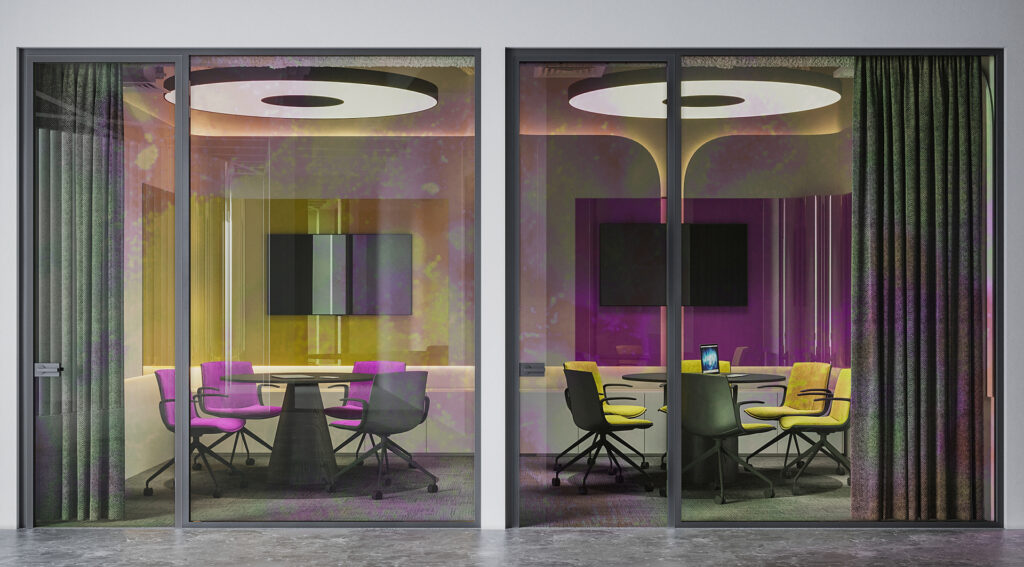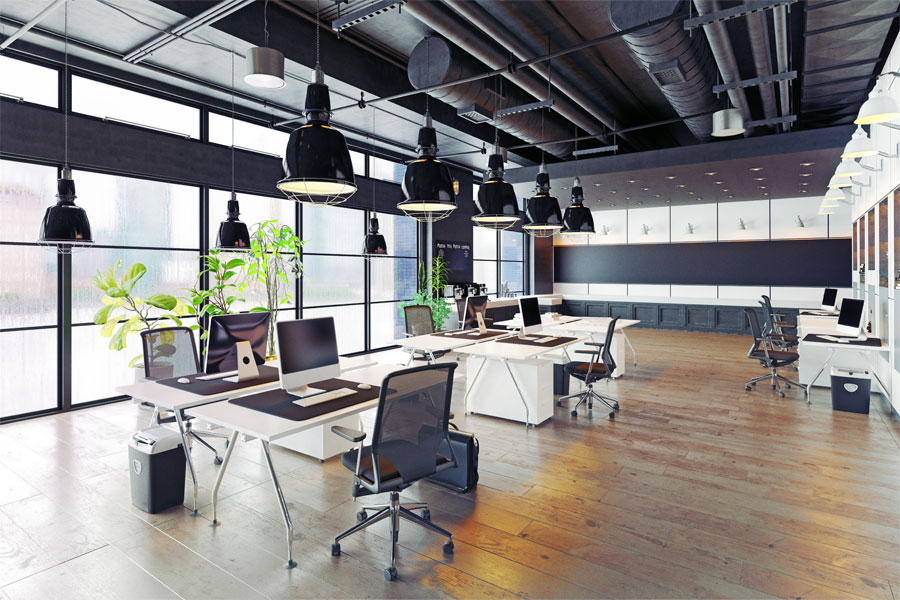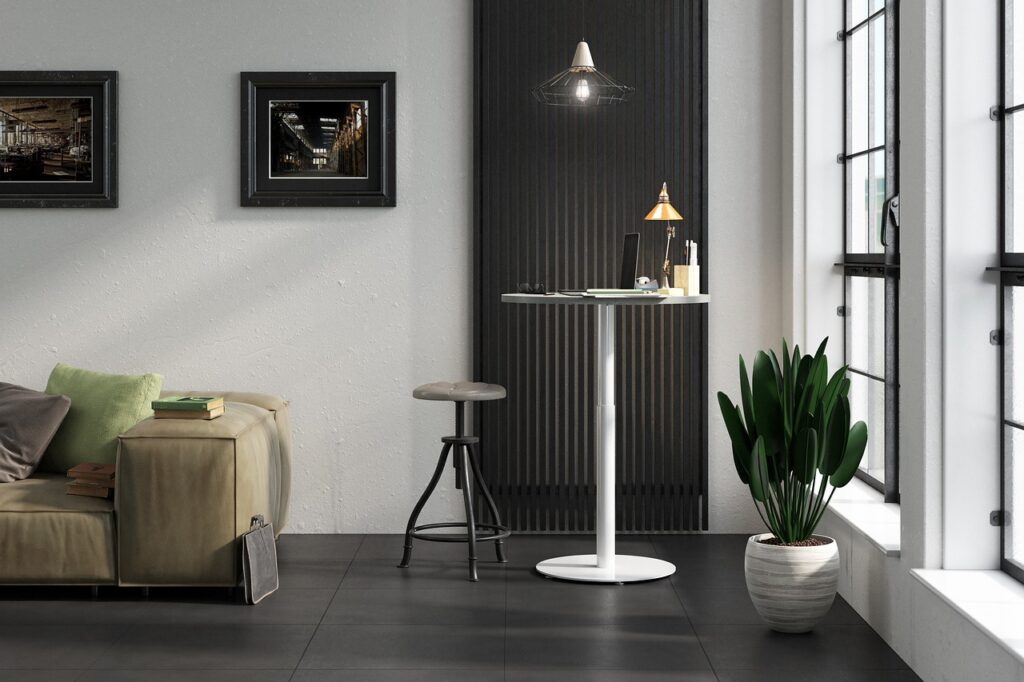With the rise of remote work and telecommuting, the design of workspaces has taken on new significance. Creating effective spaces for remote work is essential for promoting productivity, focus, and well-being. In this article, we will explore the key elements and best practices for designing remote work spaces. We will discuss ergonomic considerations, optimal use of technology, and strategies for creating a productive and inspiring environment. Additionally, we will highlight the benefits of partnering with a commercial interior design company to ensure the successful design and implementation of remote work spaces.
1. Ergonomic Considerations for Remote Workspaces
Ergonomics is crucial for remote workspaces to promote comfort and reduce the risk of musculoskeletal issues. Proper chair and desk height, adjustable monitors, and ergonomic keyboard and mouse setups are essential considerations. Collaborating with a commercial interior design company ensures that remote workspaces are designed with ergonomic principles in mind, providing employees with comfortable and healthy work environments.
Our space planning services in commercial interior design focus on optimizing the functionality and efficiency of your workspace, ensuring a seamless and well-utilized layout.
2. Designing a Distraction-Free Environment
Creating a distraction-free environment is vital for remote workers to maintain focus and productivity. Designing a dedicated workspace separate from personal living areas helps establish boundaries and signals the start of work. Soundproofing materials, proper lighting, and organizational systems can further minimize distractions and enhance concentration.
3. Utilizing Technology for Collaboration and Connectivity
Effective use of technology is crucial for remote workspaces. Video conferencing platforms, project management tools, and instant messaging apps facilitate collaboration and communication. Designing remote workspaces with proper cable management, reliable internet connectivity, and strategically placed power outlets ensures seamless integration of technology for remote workers.
Our 3D visualization services in commercial interior design bring your vision to life, providing realistic and immersive representations of your space before construction begins
4. Incorporating Natural Elements and Biophilic Design
Biophilic design, which integrates natural elements into the workspace, has proven benefits for employee well-being and productivity. Incorporating plants, natural lighting, and views of nature can reduce stress, increase focus, and improve overall job satisfaction. A commercial interior design company can help implement biophilic design principles into remote workspaces, even within the constraints of limited physical space.
5. Creating a Balanced and Comfortable Lighting Design
Lighting design significantly impacts the mood, productivity, and health of remote workers. A balanced combination of natural and artificial lighting helps regulate circadian rhythms and reduces eye strain. Task lighting, ambient lighting, and dimmable options allow for flexibility in adjusting lighting levels based on specific tasks and preferences.
Our design and build services in commercial interior design offer a comprehensive solution from concept development to final construction, ensuring a seamless and efficient process.
6. Promoting Mental Well-being in Remote Workspaces
Remote workspaces should prioritize employee mental well-being. Incorporating comfortable seating, personalized decor, and elements that inspire creativity and motivation can contribute to a positive work environment. Collaboration with a commercial interior design company ensures the integration of mental well-being strategies into remote workspaces.
7. Flexible Design for Adaptive Workspaces
Remote workspaces should accommodate the changing needs and preferences of employees. Designing flexible spaces that can adapt to different work styles, tasks, and timeframes promotes efficiency and satisfaction. Adjustable furniture, modular configurations, and versatile storage solutions enable employees to customize their workspace to suit their work requirements.
Conclusion
Designing effective spaces for remote work and telecommuting is crucial for promoting productivity, focus, and well-being. By considering ergonomic principles, minimizing distractions, integrating technology, incorporating natural elements, prioritizing lighting design, promoting mental well-being, and embracing flexible design, employers can create inspiring and productive remote workspaces. Collaborating with a commercial interior design company ensures the implementation of best practices and expertise in creating functional and aesthetically pleasing remote work environments that optimize employee performance.





